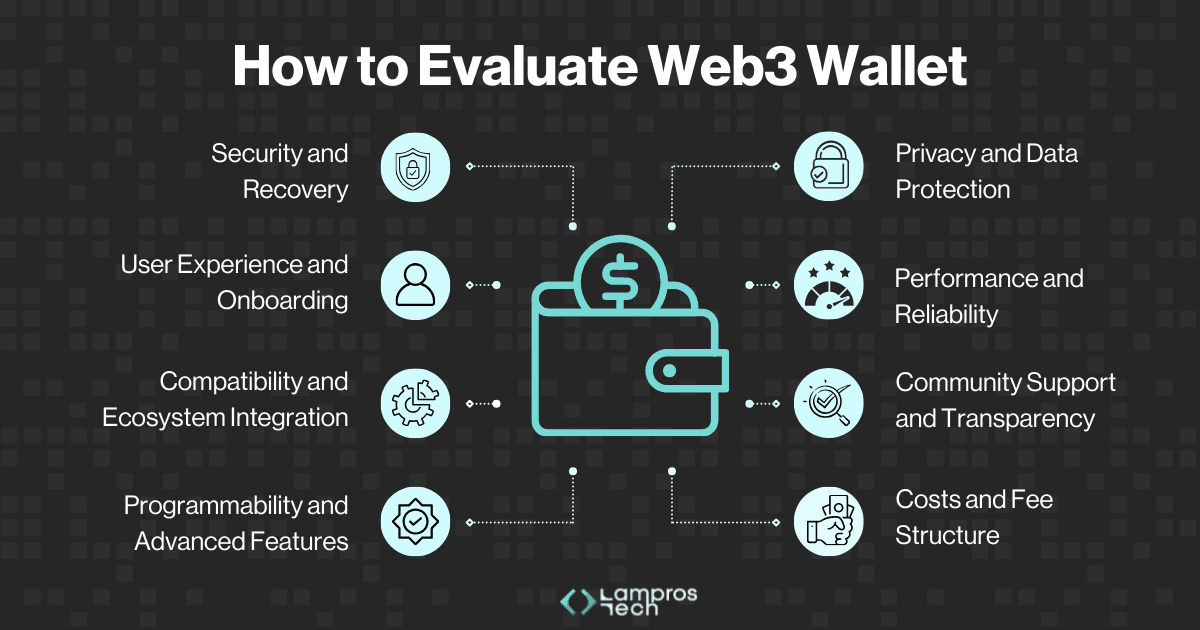Contact Us
If you're working on something real — let's talk.
Development & Integration
Blockchain Infrastructure & Tools
Ecosystem Growth & Support
© 2025 Lampros Tech. All Rights Reserved.
Published On Aug 20, 2025
Updated On Aug 20, 2025



Growth Lead
FAQs

A traditional Web3 wallet uses a seed phrase and acts as a simple key manager, while a smart wallet leverages account abstraction to enable gasless transactions, batching, programmable permissions, and secure recovery without a seed phrase.

Wallets like Rabby and OKX Wallet are considered top options for multi-chain users in 2025, as they integrate cross-chain routing, bridge support, and transaction simulation to reduce execution risk across multiple networks.

Passkey-based wallets remove the need for users to store or expose a seed phrase, reducing the surface for phishing or clipboard attacks. When combined with AA-based safeguards, passkeys offer a more secure and user-friendly recovery model.

Key features to prioritise include: transaction simulation (for execution safety), account abstraction (gas abstraction and batching), native cross-chain support, staking/restaking integrations, and privacy-preserving infrastructure (like RPC obfuscation).

MetaMask remains the most widely supported wallet, but whether it’s the “best” depends on your needs. For basic DeFi and governance participation across Ethereum and major L2s, it’s still highly reliable. For high-velocity multi-chain activity, wallets like Rabby or OKX Wallet may deliver better UX and flexibility.